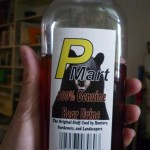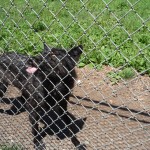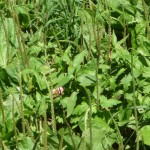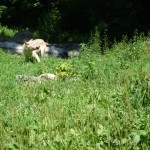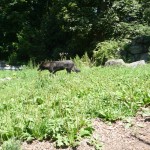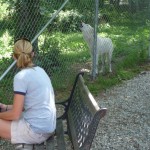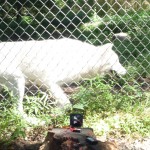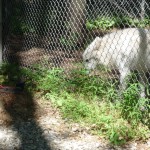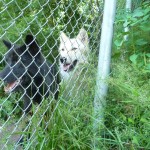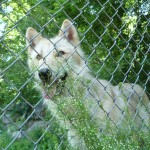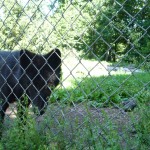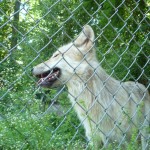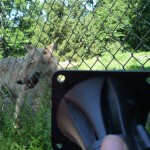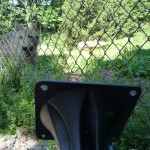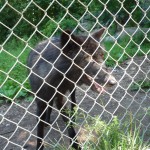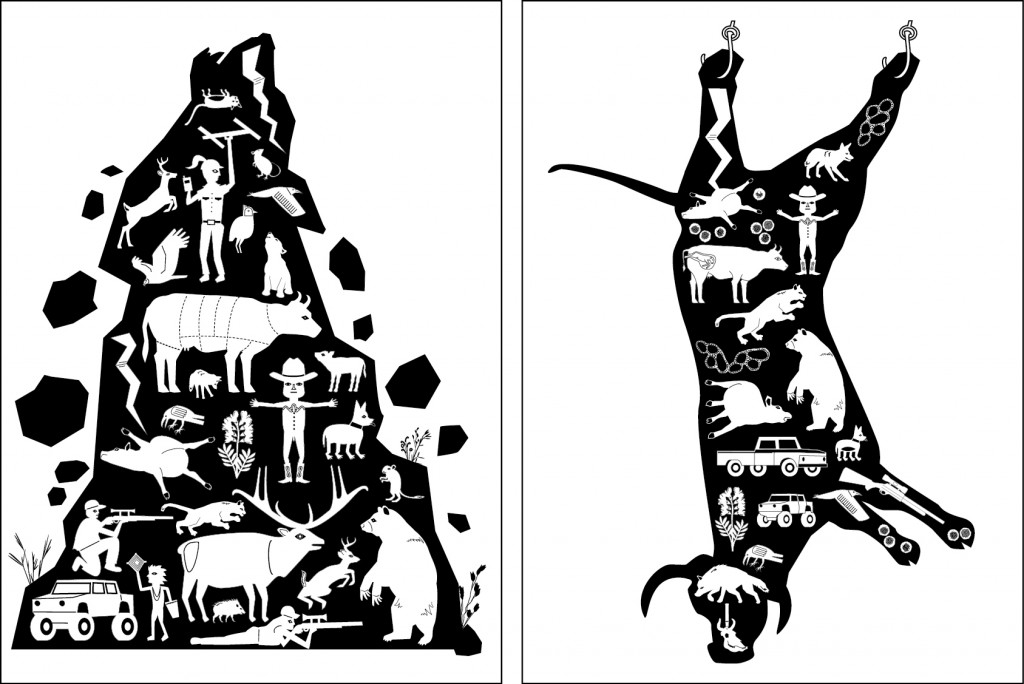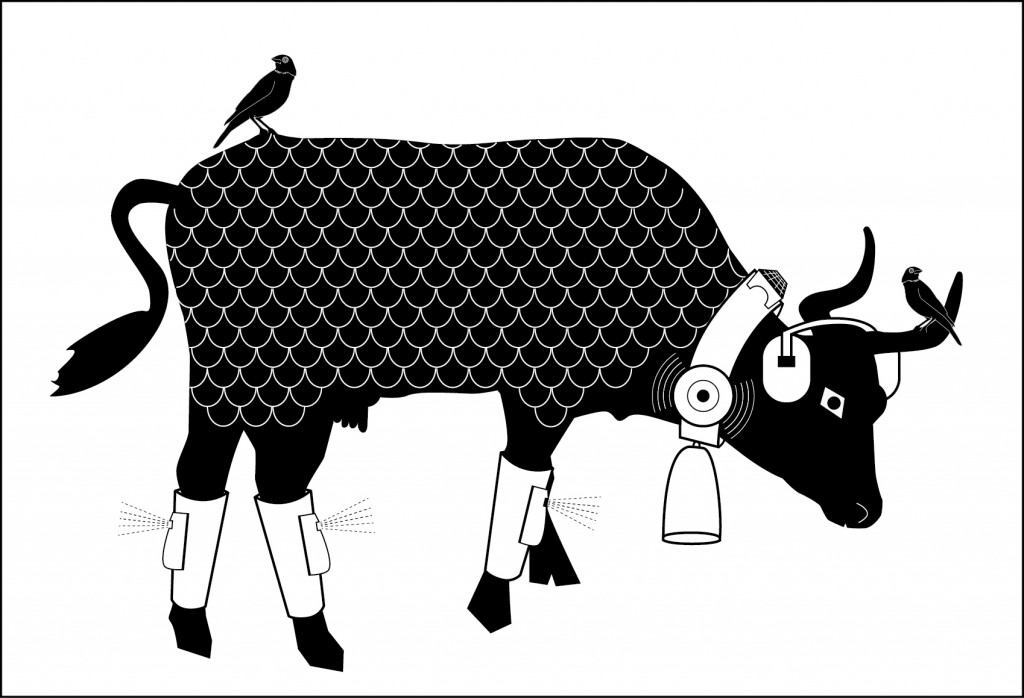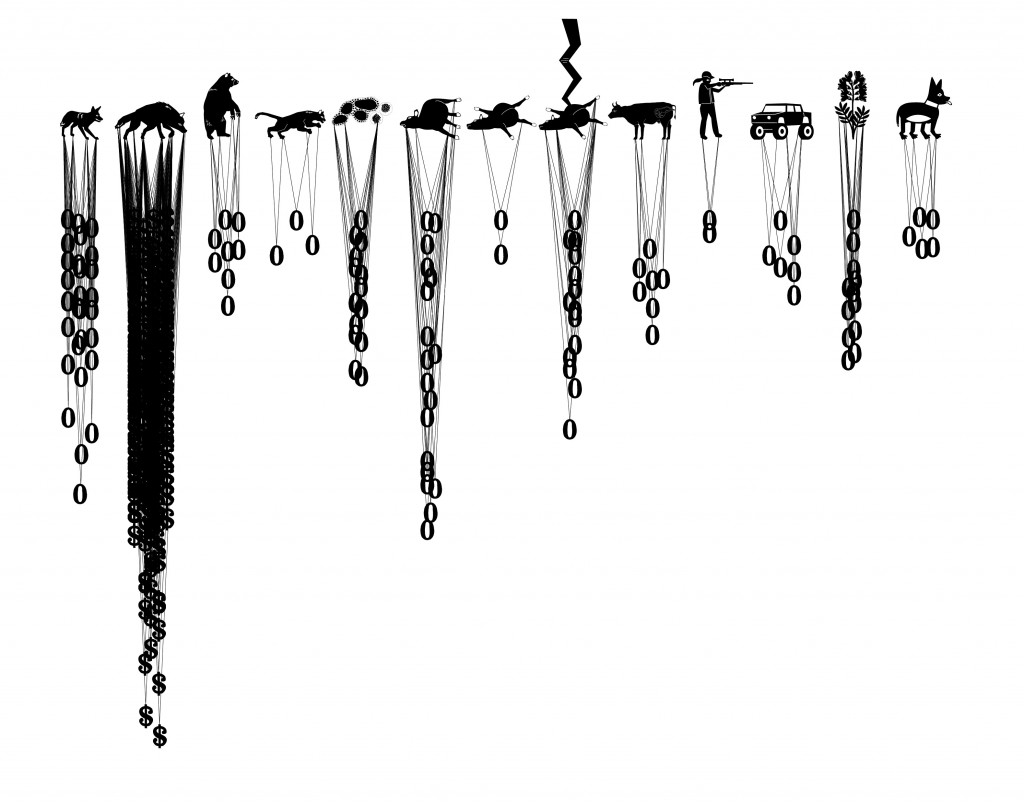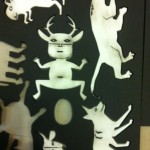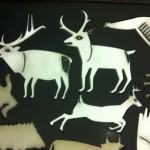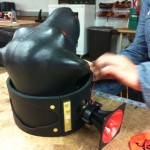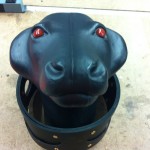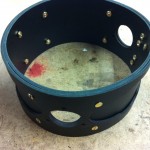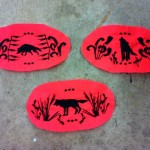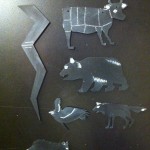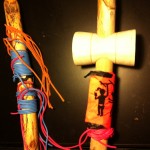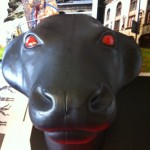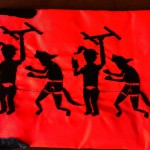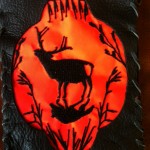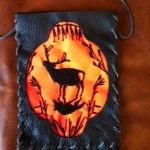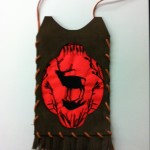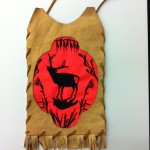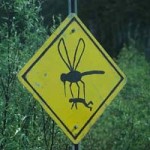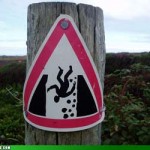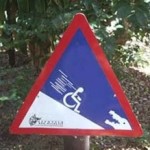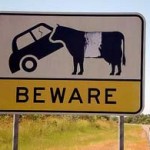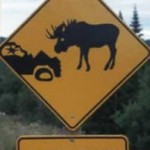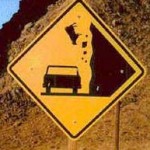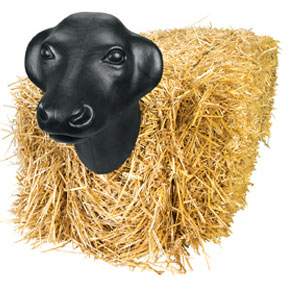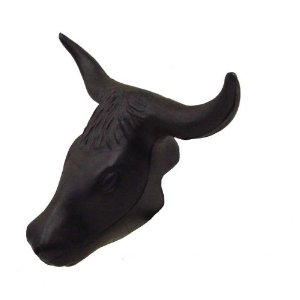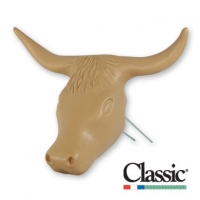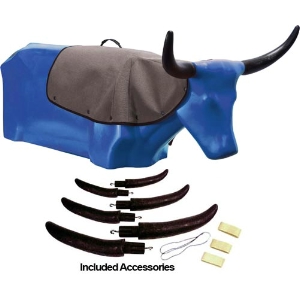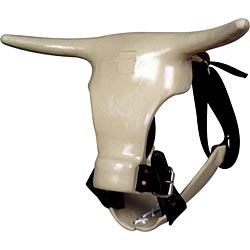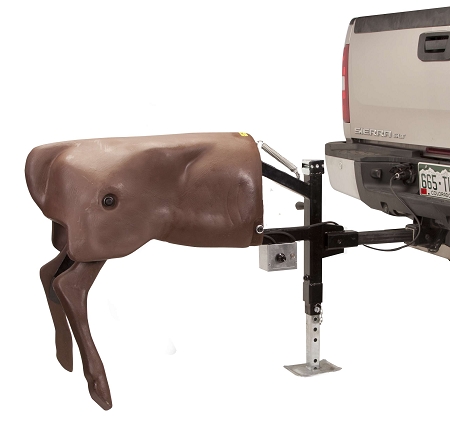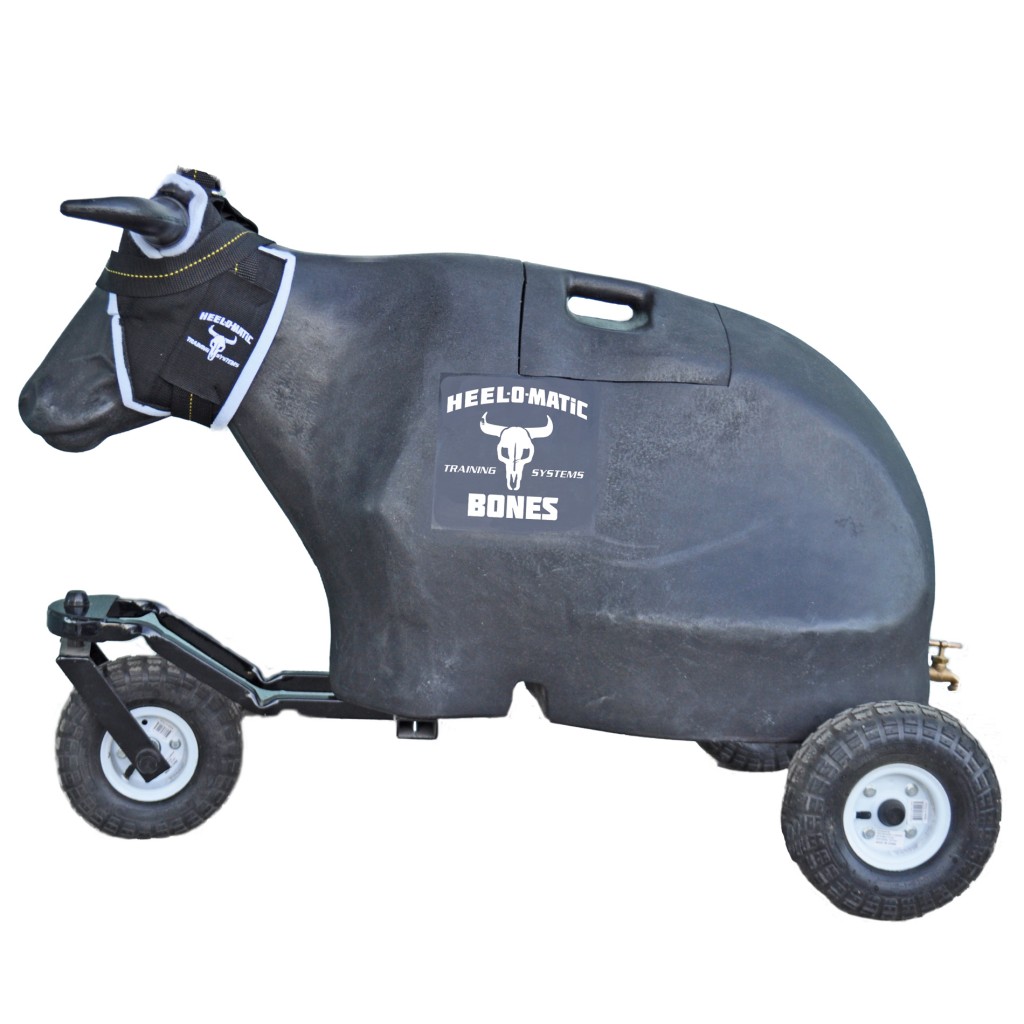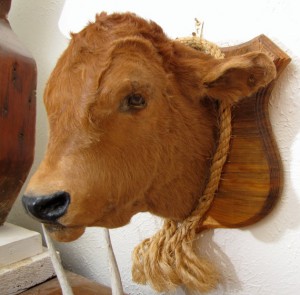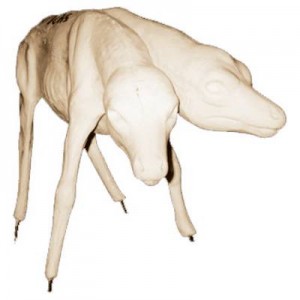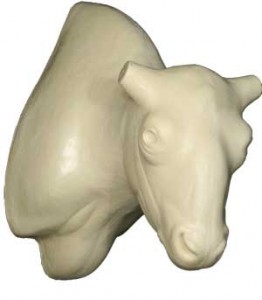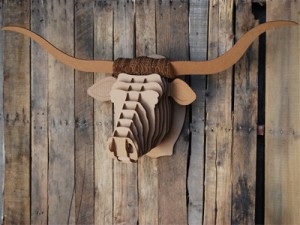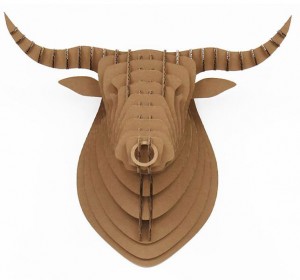wolf conservation center tests
Images: Yearlings Alawa and Zephyr and 10 year old Atka, responding to (or not) our sound system, which consisted of a speaker playing modulating high frequency sound run off an Arduino; Alawa and Zephyr trying to find the meat we’d surrounded by odors. People – Maggie Howell, Rebecca Bose, Julie Hecht, Christie Leece and Abigail Simon.
On July 6, my project collaborator Christie Leece, dog cognition research scientist Julie Hecht, media artist Abigail Simon, and I went up to the Wolf Conservation Center in South Salem, NY. They have an education program with “ambassador” wolves on exhibit, and are also part of the captive breeding program for Mexican gray wolves and Red wolves. Rebecca Bose the curator, and Maggie Howell, the managing director, agreed to allow us to come and test our ultrasonic equipment and also a series of scents on the exhibit wolves, that we hoped would be aversive.
Our tests were a “great first step” – meaning, they failed for the most part but spawned lots of possibility*.
I am not very surprised that the ultrasonic was met with nothing more than an ear tweak of curiosity. The major novelty consisted of “Can I eat that speaker just beyond the fence?”
First off, real (repeated) research on the use of ultrasonic as a deterrent has been unsuccessful on a variety of predators. Second, we were testing on three Gray wolves for whom human and unusual sounds were every day events, and what they were expecting at our arrival were snacky treats and breakfast. Of course this last point is not exceptional: if a captive wolf won’t stop and pay attention to a sound that supposedly hurts their ears, why would a wolf be swayed when she sees a delicious meal cow standing in front of her?
The scent tests were something else. We had garnered a lot of feedback from experts on odors that may be aversive to wolves, and decided on bear pee, skunk scent, and liquid pepper.
We laid three chunks of meat out, with concentric border rings of one odor per meat chunk. The meat surrounded by bear pee was found immediately. The cayenne-surround meat took longer, and the skunk scented chunk took about 8 minutes. The skunk scent is SO strong, it masked every other smell within at least a 10 foot area. The meat was lying in the weeds, so there was not much visible sign of it. For our purposes, this is a bare approximation of what we are proposing, as part of the cattle armor system would deploy automatic scent sprayers mounted on cattle leg guards, that dispense a mist of scent at a wolf’s face-height.
We also did some scent tests trickled along the ground of the Red wolf enclosure,which is a wooded 1.5 acres. The Red wolves are shy, and stayed hidden while we were in the enclosure. We made a 1/2 ring of skunk scent around their den, and a 1/2 ring of liquid cayenne , and on top of the den we laid several chunks of meat. The back access to the den was left open (we’d run out of odors). Then we left and watched the enclosure via web cam. Within a few minutes, one of the four Red wolves had come up through the back way and grabbed a hunk of meat. The curious others started sniffing around. Both cayenne and skunk were intriguing to them, but they were specially enthusiastic about rolling in the skunk scent. See video here or below – these guys are super charming, curious, and spry. Camera left of the den is the cayenne, and camera right is the skunk.
Red Wolves scent aversion tests, Wolf Conservation Center, NY on 06.07.12 from Marina Zurkow on Vimeo.
Am I nonplused that our attempts to disgust the wolves did not work? Of course. But this has reminded me of several things:
We have no real experiment set up. We are simply becoming acquainted with what is possible. As a “get acquainted” trip, this was fantastic. The irony is that for the captive wolves, we provided some real enrichment, and I bet that even if the odors were aversive, this would constitute enrichment. And because the Wolf Conservation Center has a web cam and tweeted about the tests, there were online webcam viewers who were eager to see the red wolves, who certainly “performed” for the camera. We would like to do some more tests, esp with the captive grey wolves off exhibit. The scent tests need to be reconsidered to reflect our final project proposal and without harming the animals.
*Spawning possibility: as an artist, I may choose to employ absurdity, humor, and failure as a tactic. Point to what’s not being said. Bring in the social. Try to engender conversation. For me, the real measure of success of these “tests” (method) lies in the project’s capacity to get people talking. My “question” (all scientists have asked me “what is your question?”) is simply that: what can possibly change perception, garner attention that is less polarized, inspire people to act, offer a new lens? There is so much wrong with the current configuration of parts that surround, support and hinder the integration of the Mexican gray wolf into the ecosystem of the southwest.
Big plug for the Wolf Conservation Center: they are an excellent organization. Support them! They feed their captive wolves only roadkill and make sure they have the least possible contact with human animals. They provide a lot of enrichment for all of the wolves there. The wolves show no signs of stereotypy. The humans manage to be both open and totally responsible. And they have awesome logo swag.
Graphics – in progress
work in progress
Laser cut, embroidered and stitched leather pouch to hold Arduino and power source
Embroidered inserts for deterrent tools
Calf head, to wear model collar
Walking stick tests
Laser cut test “talismans”
Laser cut insert mosaics for Gila/Apache Forest map
Collaborator: Christie Leece



